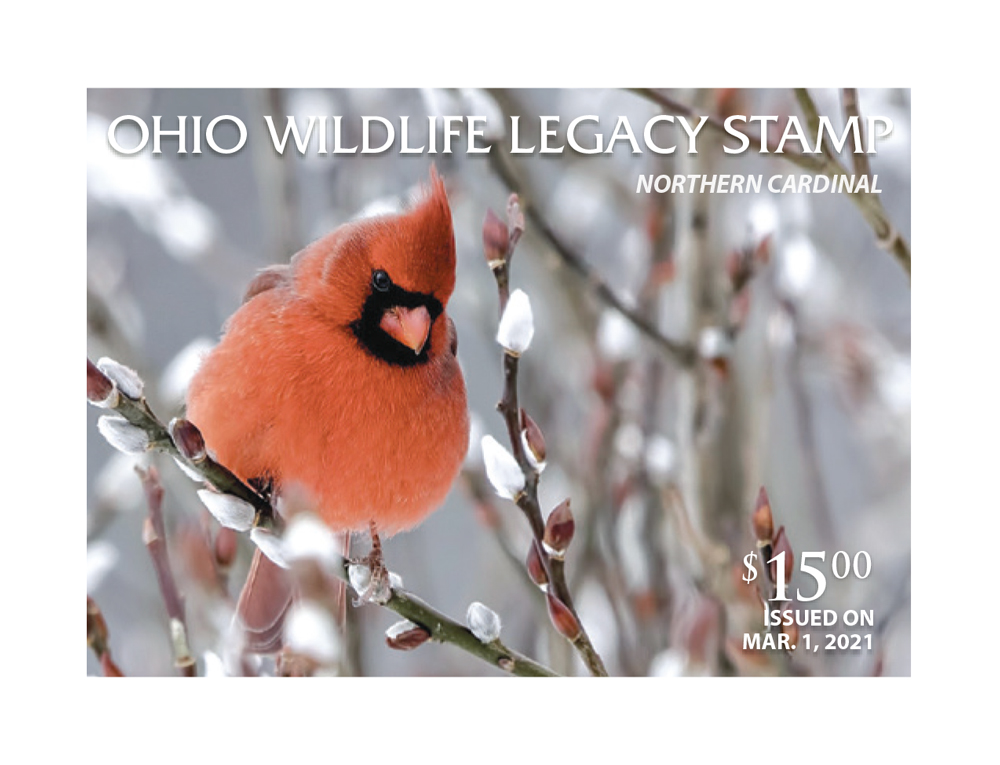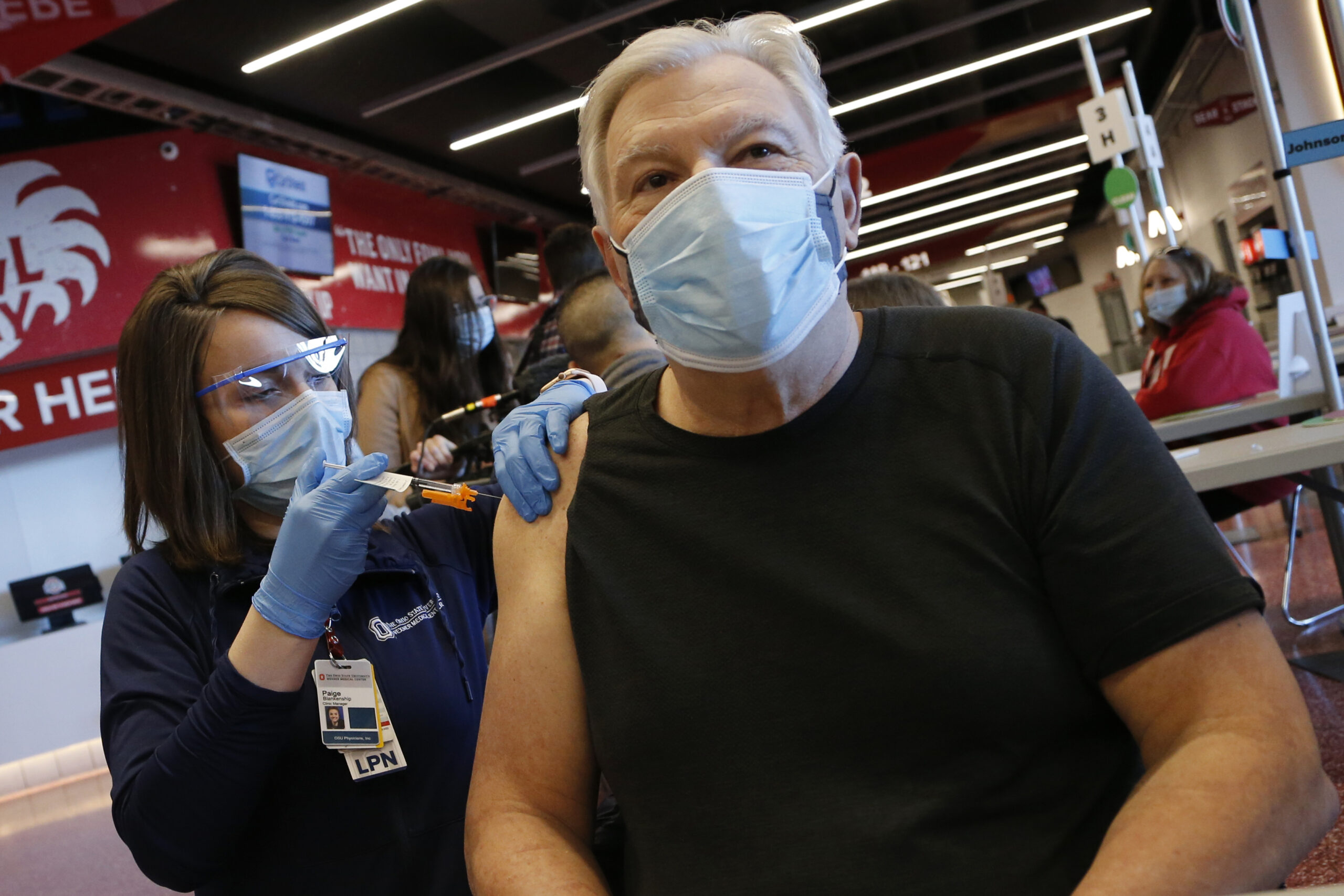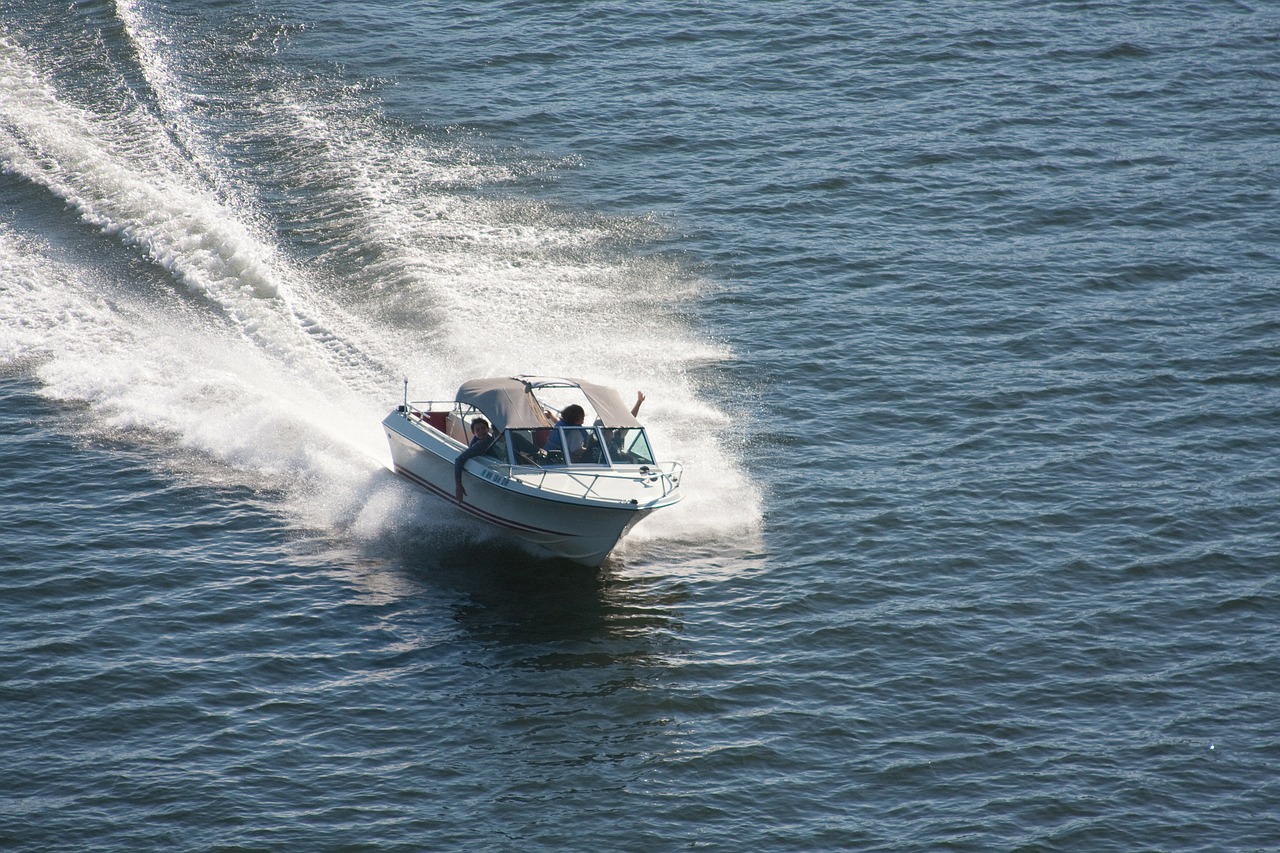The northern cardinal was adopted by the Ohio General Assembly as the state bird in 1933 and has been revered for its beauty and melodic songs for generations. Easily identifiable, the cardinal is one of Ohio’s most iconic species. All Ohioans and supporters of wildlife conservation can celebrate this colorful bird by purchasing the 12th annual Ohio Wildlife Legacy Stamp, according to the Ohio Department of Natural Resources (ODNR) Division of Wildlife.
“We are thrilled to feature the beautiful northern cardinal on this year’s Ohio Wildlife Legacy Stamp,” said Division of Wildlife Chief Kendra Wecker. “The stamp and this amazing photo will promote wildlife diversity in Ohio. Purchasing a legacy stamp gives all Ohioans a chance to directly contribute to the future of wildlife. A stamp makes a fun gift for birders and other conservation supporters and comes with the added benefit of a 25% discount at Ohio state park lodges.”
The Ohio Legacy Stamp can be purchased online through Ohio’s Wildlife Licensing System and at any location that sells hunting and fishing licenses. A mail-in form is also available at wildohio.gov. Stamps will be mailed in approximately four to six weeks after purchase.
A male cardinal’s bright red plumage and crested head give it a unique look among native Ohio birds. A female cardinal has a red tail and wings, with softer red and brown body feathers to provide camouflage during spring nesting. The cardinal is also well known for its enduring song, which is an early sign of spring.
The winning cardinal photo for the 12th annual Ohio Wildlife Legacy Stamp was submitted by Deborah Morrison of Bowerston in Harrison County. The contest was judged during the virtual Wildlife Diversity Partners Conference in August 2020. The photos were judged on originality, technical excellence, composition, and overall impact. The contest was open to Buckeye State residents.
Fourteen dollars of every $15 Ohio Wildlife Legacy Stamp sold are invested in the state’s Wildlife Diversity Fund. This fund supports habitat restoration, wildlife and habitat research projects, creation of free wildlife educational materials, as well as efforts to restore and conserve endangered and threatened species, such as the lake sturgeon, Karner blue butterfly, Indiana bat, and hellbender.









